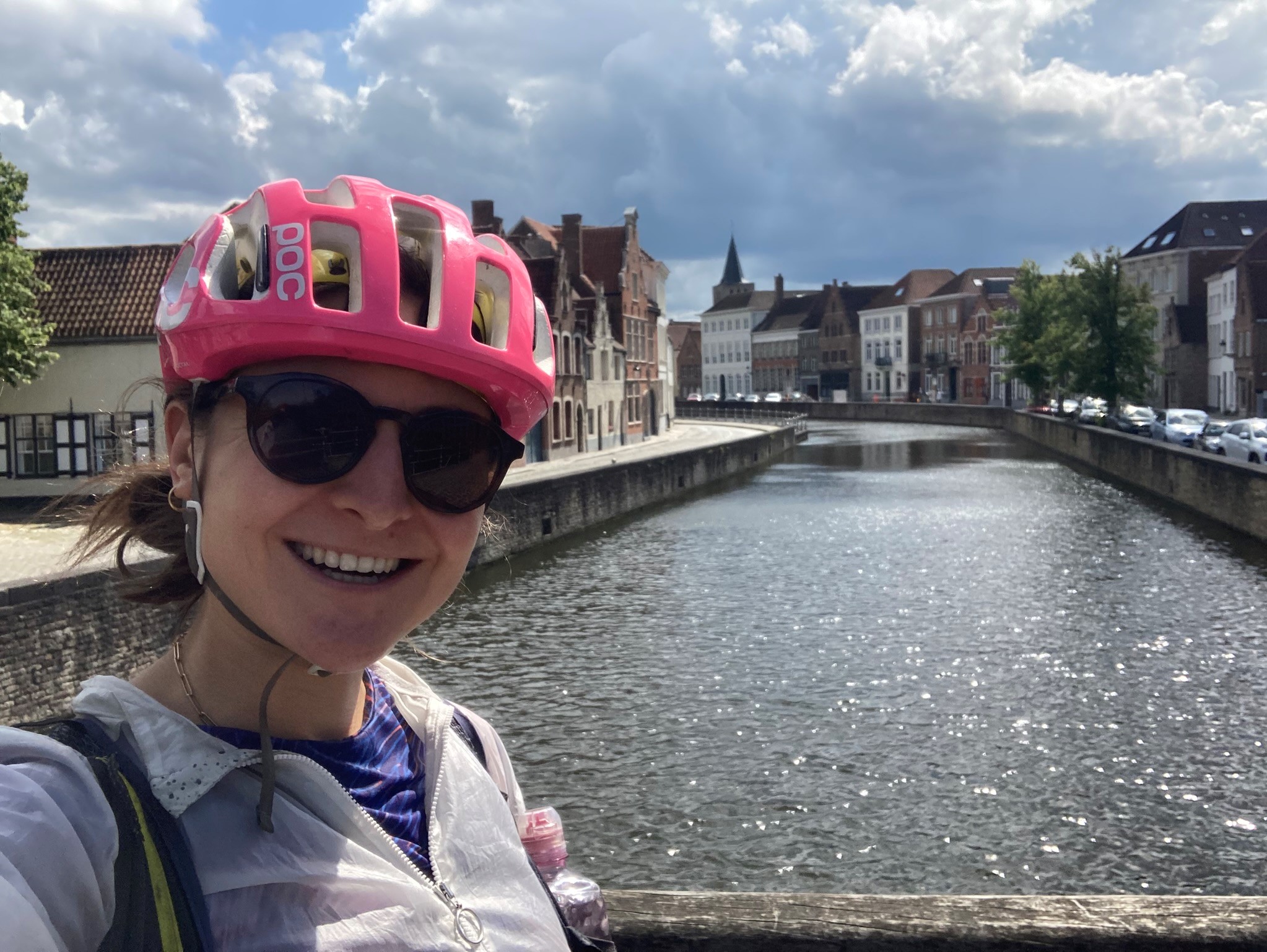Growing up in New York City, I took for granted the vibrancy and community that results from dense, walkable neighborhoods, beautiful mixed-use buildings, and effective public transport. As a young adult, I resented the rarity of these features in other American places and found a similarly rich urban life in London.
In mid-May, eager to explore a breadth of great European cities and landscapes in between, I embarked on a 2,500 mile cycling tour from Brindisi to London, stopping in more than forty cities along the way. It turns out that bike touring makes tenets of good urbanism blatantly obvious and immediately felt.
Here are a few of my observations:
1/ Outskirts matter as much as the core. On a bike tour, everywhere is somewhere, and everywhere needs tending. In more place-centric terms, the peripheries of cities and connections between them are just as important to the cyclist as the urban core. It is well understood that car-driven development has contributed to urban sprawl, but perhaps it’s Ruskin’s observation about train travel that captures why this phenomenon continues and how the problem of forgotten, in-between spaces has been endured for so long: “Going by railroad…is merely ‘being sent’ to a place, and very little different from becoming a parcel.” Mechanistic forms of transportation desensitize us to distance and allow us to quickly skip unsavory landscapes as we are “parceled” from one point to another. As I cycled far too many miles through ugly, overlooked, underutilized outskirts of cities, I wished every city would adopt expansion strategies similar to those of Valencia, so that dense urbanism buzzing with human energy would quickly give way to rolling fields and the calm of nature at the city’s edge.
2/ The built environment must be designed with user needs at the forefront. If a bike path does not satisfy a cyclist’s needs for beauty, safety, and efficiency, the motto “build it, and they will come” will not hold. This principle extends to all elements of the built environment but is quite apparent with bike paths, which serve a singular purpose for a narrow set of users and have clearly failed if cyclists opt not to use them. During my trip, I, and other cyclists, actively avoided bike paths that paralleled main roads, lacked smooth surfaces, and faced frequent disruptions with curbs or traffic lights. On the other hand, I enthusiastically followed those that wound, uninterrupted, through farmland or along beaches and regenerated canals. While visiting Freiburg’s special model district Vauban, famous for its community-led, sustainable co-housing projects, I discussed with a long-time resident not only the power of putting users of the built environment at the center of the design and creation process but also the futility of proceeding any other way.
3/ A city’s heritage should inform its contemporary development. The best cities exude both a strong sense of heritage and willingness to evolve, recognizing, as Orwell writes in The Lion and the Unicorn, that “Nothing ever stands still. We must add to our heritage or lose it, we must grow greater or grow less.” As a bike tourist, I was simultaneously delighted by elements of place that attract visitors, namely historic sites, old architecture, and local character, and in need of services that only living cities can provide, including bike shops, hardware stores, large grocery stores, laundromats, and so on. I noted stark contrasts between Orvieto, Venice, and Bruges, which have become real life museums, and cities like Trieste, Strasbourg, Luxembourg City, Eindhoven, and Amsterdam, which reflect the myriad ways cities can leverage their past as seeds for growth and modern relevance. For example, developments like Java Island and Borneo Island in Amsterdam, consist of modern, sometimes wacky, terraced houses that extend architectural elements from traditional canal houses while retaining the narrow, green streets of older neighborhoods.
Luckily, for a once disheartened American like myself, none of my learnings about good urbanism are uniquely accessible to European cities. With the right design and political will, younger American cities can also adopt these practices.
Some of the cities I visited: Brindisi, Taranto, Benevento, Cassino, Rome, Orvieto, Siena, Pisa, Spezia, the Cinque Terre, Parma, Pavia, Milan, Verona, Venice, Trieste, Bergamo, Menaggio, Ljubljana, Lugano, Lucerne, Bern, Basel, Freiburg im Breisgau, Strasbourg, Nancy, Metz, Dunkirk, Luxembourg City, Maastricht, Eindhoven, Utrecht, Amsterdam, Den Hague, Ghent, Bruges.
Zoë Chazen is an American technologist and urban enthusiast living in London.


